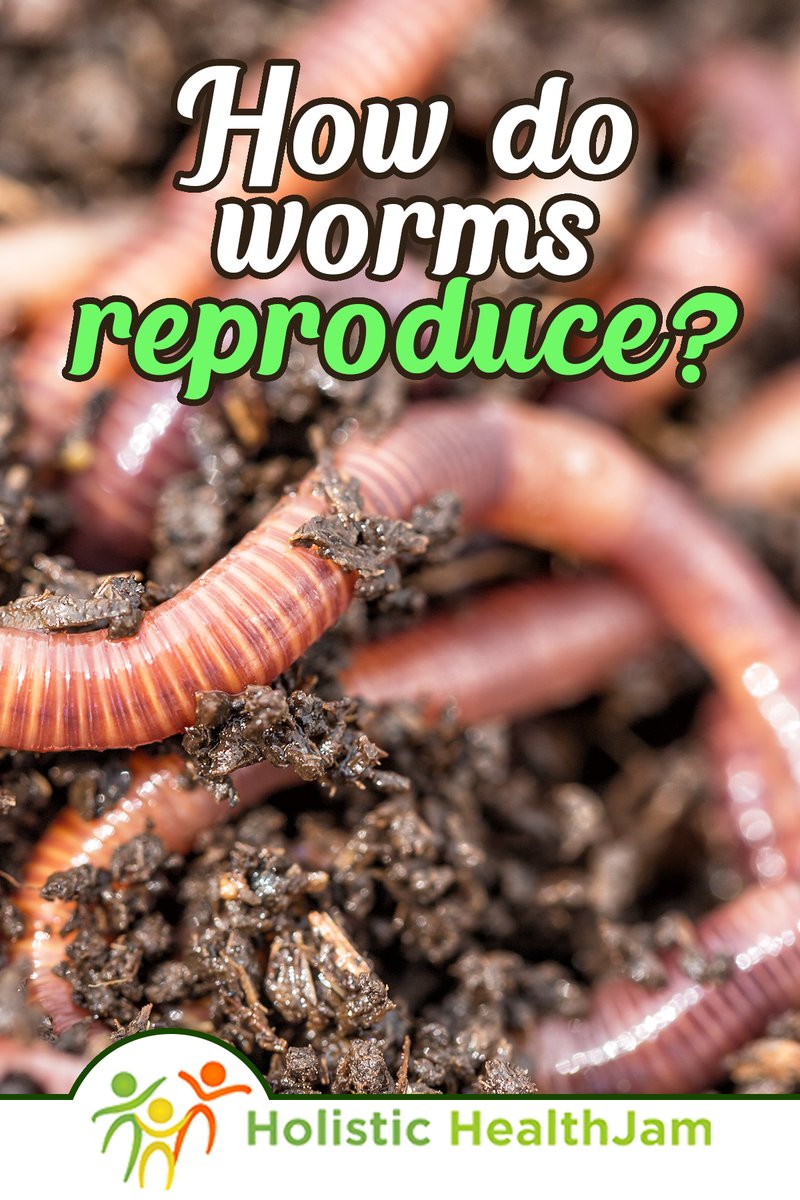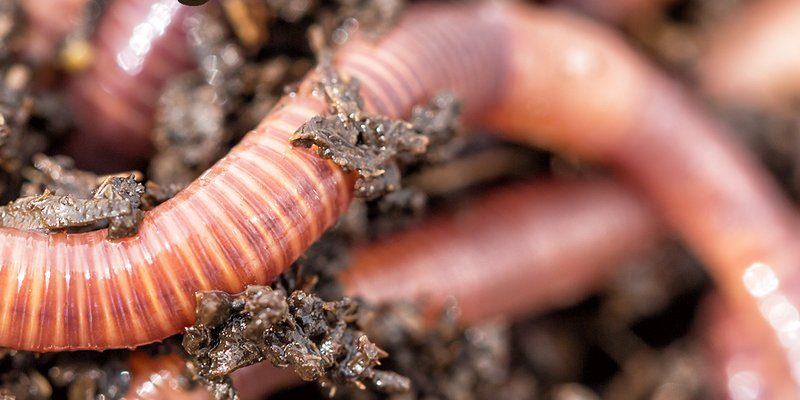
Picture your garden bed as a thriving city. Just like people need the right environment to flourish, earthworms need the right conditions too. It’s not just about having soil; it’s about whether that soil is welcoming and nourishing. You might be wondering, “What does that even mean?” Well, let me explain.
In this article, we’ll explore the ins and outs of introducing earthworms to new garden beds. We’ll cover how they help your soil, the ideal conditions for them to thrive, and what to keep in mind when moving them into new spaces. So grab a cup of coffee, and let’s worm our way into this topic!
Why Earthworms Are Important for Gardens
Earthworms offer a treasure trove of benefits for your garden beds. First off, they **improve soil structure**. As they tunnel through the earth, they create tiny channels. This helps air and water penetrate deeper into the soil, making it easier for your plants to access those crucial nutrients.
Second, they are nature’s recyclers. Earthworms break down organic materials like dead leaves and food scraps, turning them into nutrient-rich compost. This is like having a built-in fertilization system for your garden! With earthworms at work, you’re essentially giving your plants a nutritional boost without the need for chemical fertilizers.
Lastly, their presence improves soil biodiversity. Earthworms offer food for birds and other wildlife, contributing to a more balanced ecosystem. When you introduce them to your garden bed, you’re not just enhancing your plants’ growth; you’re also helping to create a mini habitat that benefits the entire environment.
Do Different Worm Types Matter?
Not all earthworms are created equal. In your garden, the **most common types** you’ll find are *Lumbricus terrestris*, also known as the common nightcrawler, and *Eisenia fetida*, or the red wiggler. While both types can beneficially impact your garden, they have different roles.
Nightcrawlers are excellent for deeper soil aeration, while red wigglers are fantastic for composting because they thrive in decaying organic matter. So if you’re planning to introduce earthworms, choosing the right type based on your garden’s needs can make a big difference in their effectiveness.
Assessing Your Garden Bed Conditions
Before you introduce earthworms to your new garden bed, it’s crucial to assess the conditions they’ll be entering. Earthworms prefer well-draining, moist, and organic-rich soils. If your soil is too sandy or overly compacted, it will be like moving into a house with no amenities—pretty uninviting!
Start by testing your soil’s moisture content. You can do this by taking a handful of soil and squeezing it. If it holds its shape but doesn’t dribble water, it’s just right. If it’s too dry, consider adding organic materials like compost or well-rotted manure to boost moisture content.
Additionally, check the pH level of your soil. Earthworms thrive best in slightly acidic to neutral soils (around pH 6 to 7). If your soil is too acidic, lime can be added to balance it out. Remember, you want your garden bed to be a place where earthworms feel at home!
How to Create a Welcoming Environment
Creating a hospitable environment means making specific adjustments to your garden bed. To start, add plenty of organic matter, such as compost or well-rotted leaves. This not only feeds the earthworms but also enriches the soil with vital nutrients that your plants will love.
Also, consider the **depth of your garden bed**. Earthworms typically need at least 12 inches of soil to burrow and thrive. If your garden bed is shallower, you might want to rethink its structure.
Finally, keep the soil moist but not soggy. Regular mulching helps maintain moisture levels and provides a habitat for earthworms. Think of mulch as a cozy blanket that keeps everything comfortable and inviting.
How to Introduce Earthworms to Your Garden Bed
Now that you’ve created the perfect setting for earthworms, it’s time for the big move! Here’s how to introduce them to your new garden bed effectively.
1. **Gather Your Worms**: You can either purchase them from a garden store or harvest them from an existing compost pile. If you’re opting for the latter, go for the red wigglers, as they are perfect for composting and garden health.
2. **Prepare the Area**: Lightly break up the surface of the soil in your new garden bed. This gives the worms a little help as they settle in.
3. **Add Them Gradually**: It’s best to start with a small number of worms—perhaps a few hundred. Dump them in a few spots across the garden bed rather than all in one place. This gives them more opportunity to spread out and find their footing.
4. **Monitor Their Progress**: After a few weeks, check on your garden bed. Look for signs of earthworm activity, like castings (their waste) and surface burrowing. If they seem to be thriving, you can gradually add more worms.
Common Mistakes to Avoid
Introducing earthworms may seem straightforward, but there are some common pitfalls to watch out for. First, **don’t overcomplicate** things. Keeping it simple with organic matter and moisture is key. Over-fertilizing or adding chemical fertilizers can harm the worms and negate all your hard work.
Second, avoid compacting the soil. Heavy foot traffic over your garden bed can make it tough for the worms to move around. You might consider using stepping stones or paths to keep the soil structure intact.
Lastly, don’t forget to be patient! Earthworms take time to settle into their new environment and become active. If things don’t seem to be changing overnight, don’t fret. As long as you’ve created a suitable habitat, they’ll find their way.
Maintaining Your Earthworm Population
Once your earthworms are happily settled in, it’s important to keep them thriving. Regularly add organic matter to the garden to provide food and keep the soil moist. You don’t need to overdo it; think of it as a gentle sprinkle of compost now and then.
Also, avoid using pesticides or harsh chemicals. These can be detrimental to earthworm populations. Instead, consider natural pest management strategies. By fostering a balanced ecosystem in your garden bed, you can keep both plants and worms healthy.
Lastly, keep an eye on the soil’s moisture levels. During dry spells, lightly water the area, but be sure not to create standing water. Earthworms breathe through their skin, and too much water can suffocate them.
Final Thoughts
Introducing earthworms to your new garden bed can be a game-changer for soil health and plant growth. These little creatures, while often overlooked, are essential allies in maintaining a vibrant and productive garden. Just remember to assess your soil conditions, create a welcoming environment, and take care when introducing them.
With a little patience and care, your earthworm population will flourish, turning your garden bed into a nutrient-rich haven. Happy gardening!

